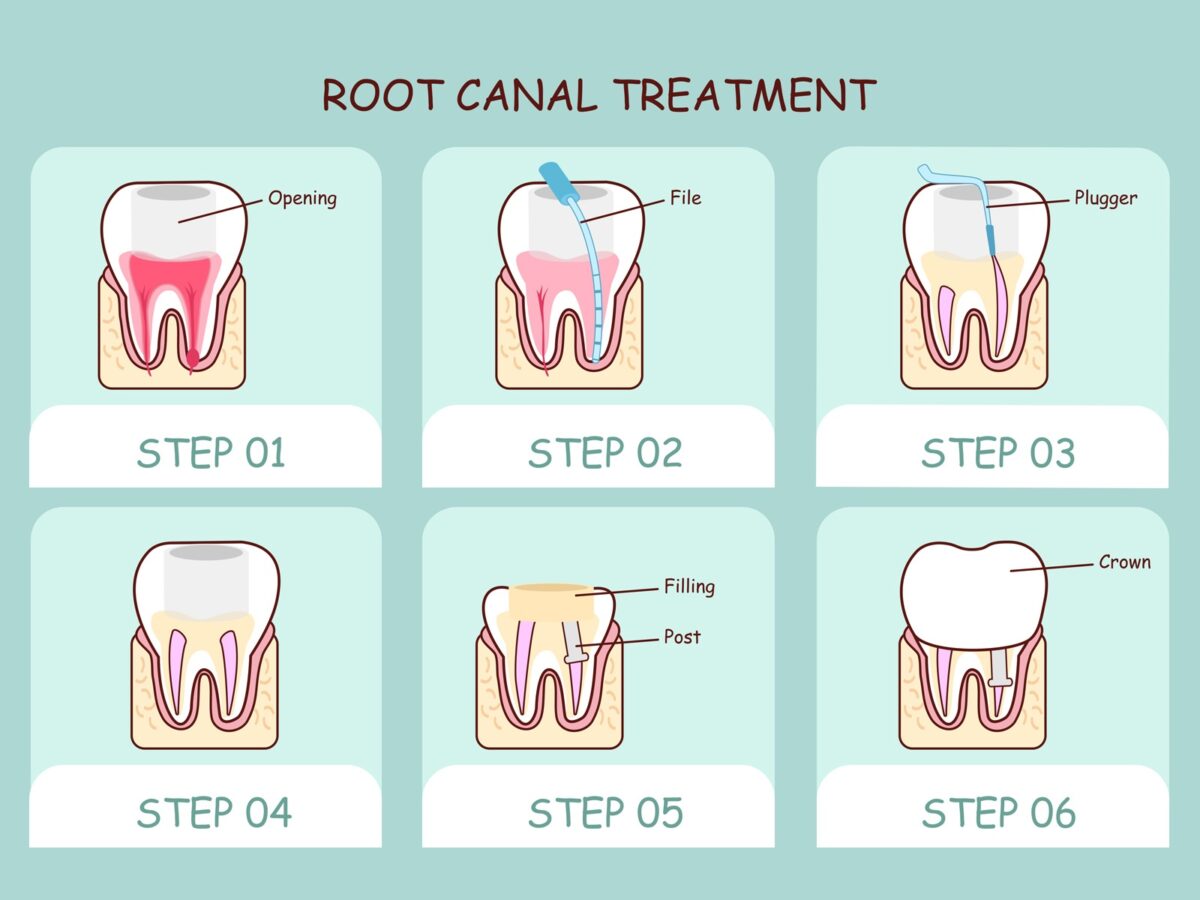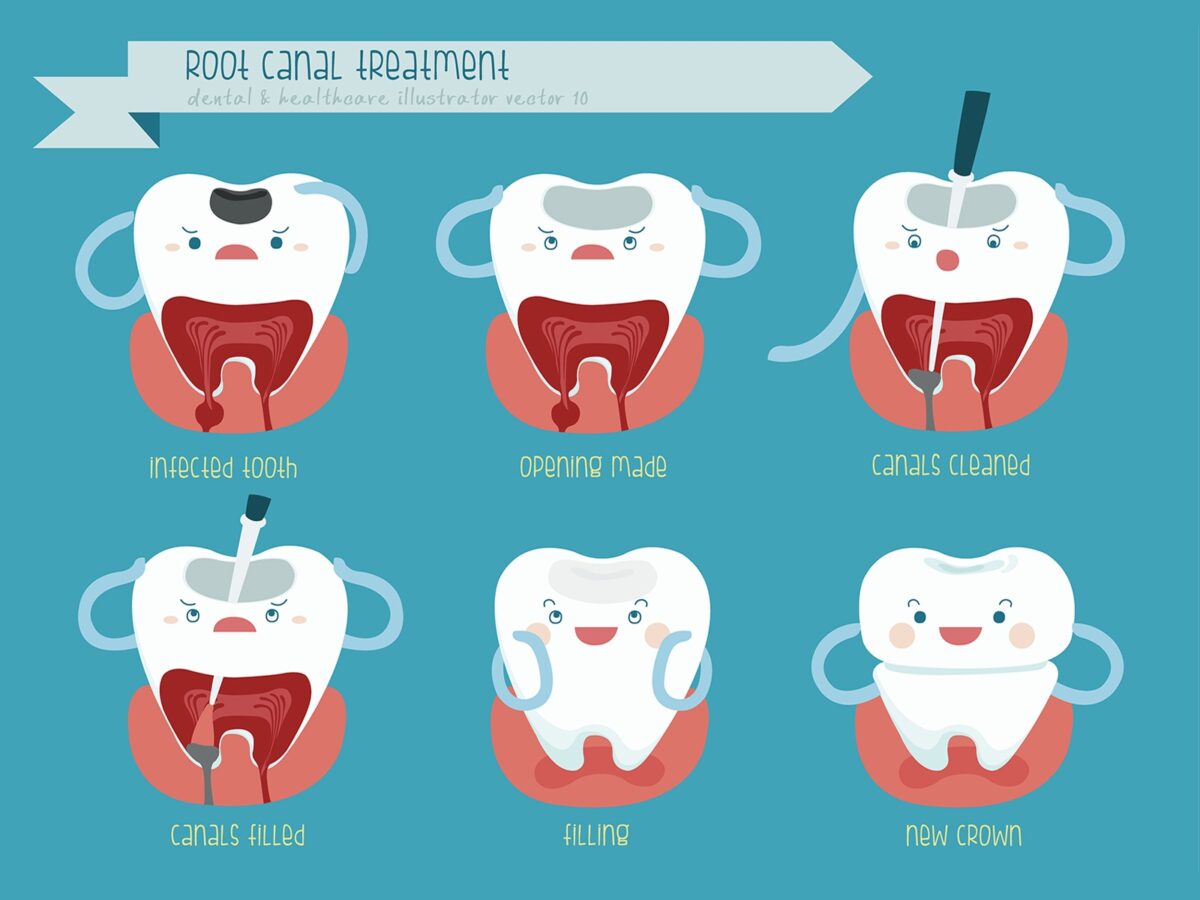Dentures that can be removed for cleaning and oral hygiene are removable partial dentures that contain a pink or gum-colored base with replacement teeth attached. Metal frameworks often hold these dentures in place in the mouth.
An individual tooth or a few teeth can be replaced with partial dentures, but all the teeth in a jaw will be replaced by full dentures.
Types of Removable Partial Dentures
A cast metal partial denture and an acrylic flipper are the two most common types of removable partial dentures. You can also opt to wear flexible dentures instead. Read on to learn more about these devices.
- Cast Metal Partial Dentures: Alloys such as cobalt-chromium form the base of cast-metal partial dentures. By connecting to your natural teeth, the metal base stays in place. Alternatively, the framework could integrate less noticeable precision attachments. Metal attachments may or may not be visible, depending on the type of attachment.
- Acrylic Flippers: Acrylic flippers, on the other hand, come in a pink color and rest against the soft tissues of your mouth. These removable acrylic flippers can be worn by patients with progressive periodontitis who lose more teeth over time and need custom-made partial dentures as they age.
- Flexible Denture: Flexible dentures, made from a material called Valplast, are another option that is lightweight and attractive. Injection molding of this soft nylon compound fits each patient’s mouth precisely.
In addition to dental implants and bridges, there are other options to replace a missing tooth. Both procedures are, however, more invasive and more expensive than partial denture fabrication.
Removable Partial Dentures: How to Care for Them
Take good care of your removable partial denture in order to maintain your oral health. Don’t brush Valplast partials as they may scratch the material. For conventional partials, rinse them and soak them in a denture solution overnight. Keep track of your dental appointments, and ensure you visit your dentist twice a year for regular checkups.
Schedule your appointment with a dentist today and get the treatment on time!




